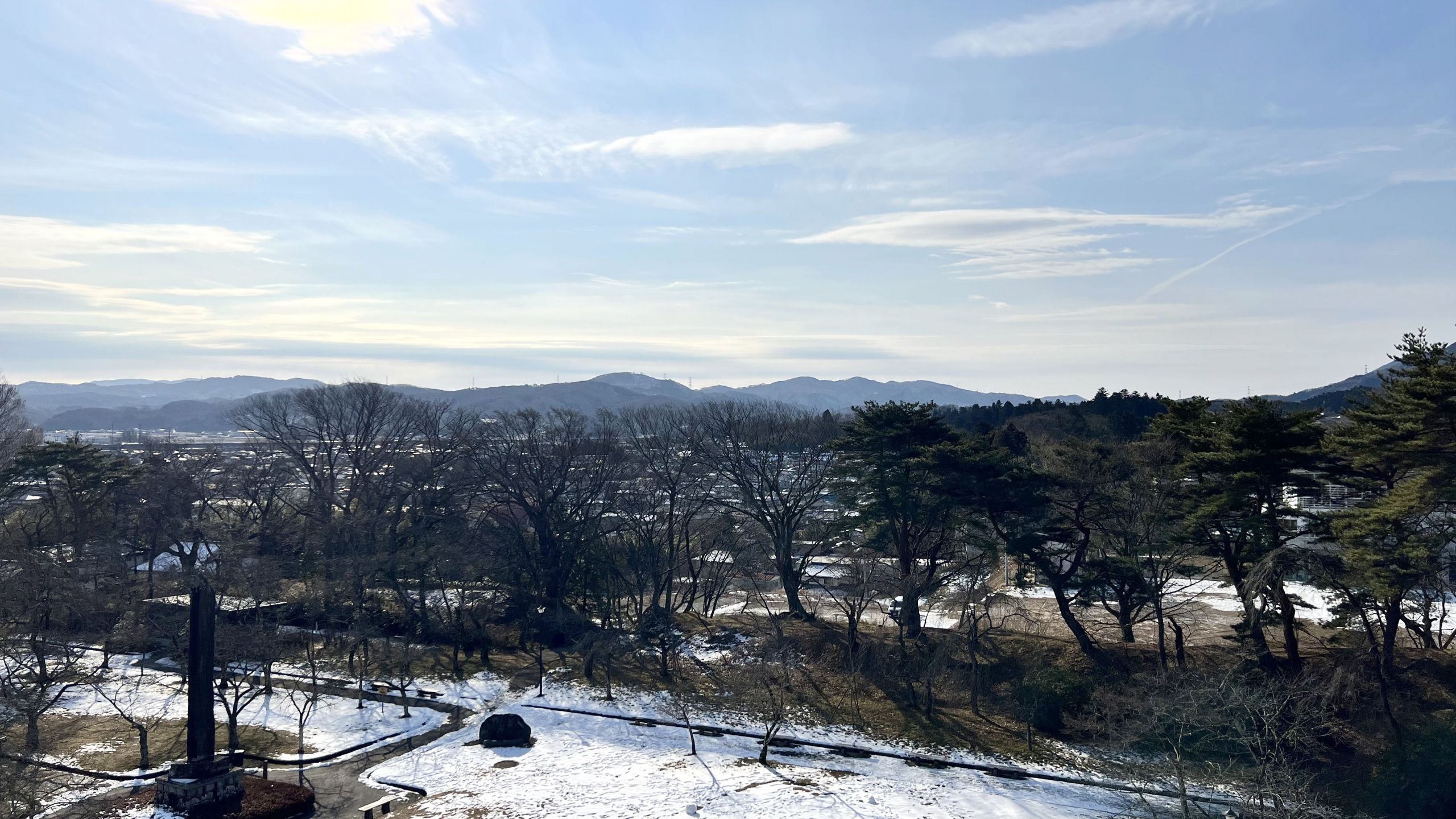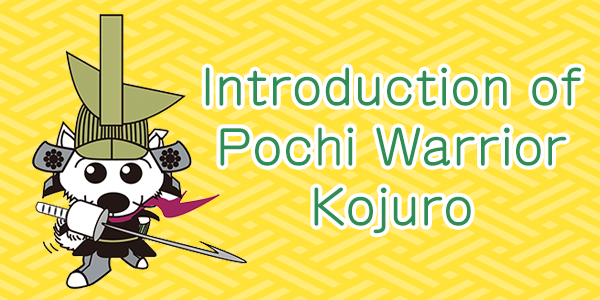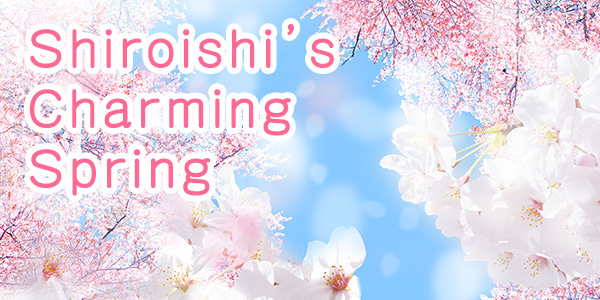Spots around Shiroishi Castle (South)
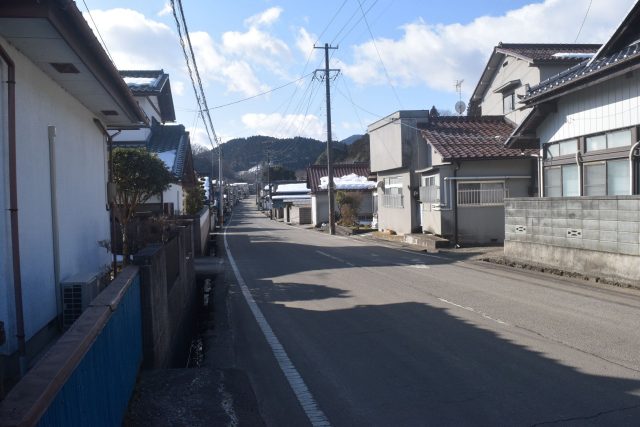
Kosugo and Saikawa Inns
Shiroishi Castle, located 10 kilometers north of the Kosugo and Saikawa Inns on the Oshu Kaido road, was an important strategic point for the Sendai Domain as a southern fortress that kept the Sendai Domain from invasion from the south. The roads near Koshugo and Saikawa Inns were extremely narrow, and the area was considered to be a major transportation hub.
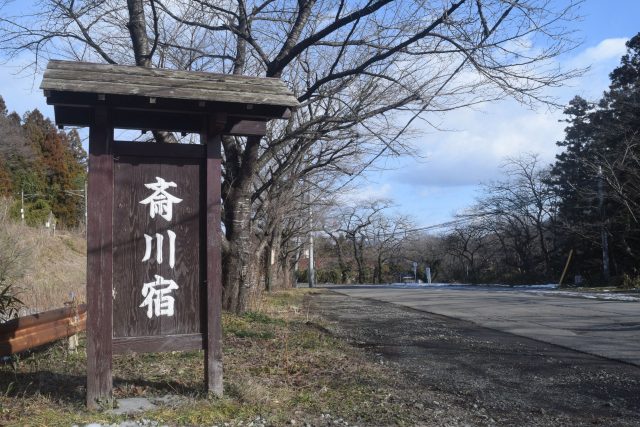
Saikawa Inn: You can still feel the atmosphere of the old inn town past.
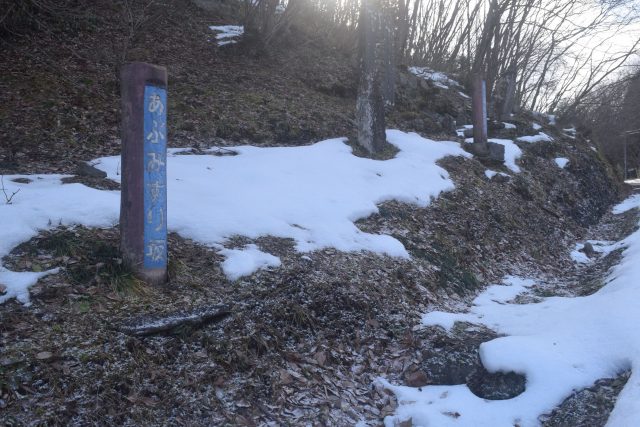
Abumizurizaka
The name "Abumizurizaka" comes from the fact that the mountain path was so narrow and steep that the stirrups ("abumi" in Japanese) used for riding horses would rub against the rocky surface on both sides.
This site also appears in Matsuo Basho's famous book, "Okunohosomichi." Nearby is the “Kacchudo," which is dedicated to the wife of Sato Tsubunogu and his brother Tadanobu, who died covering for Minamoto Yoshitsune.
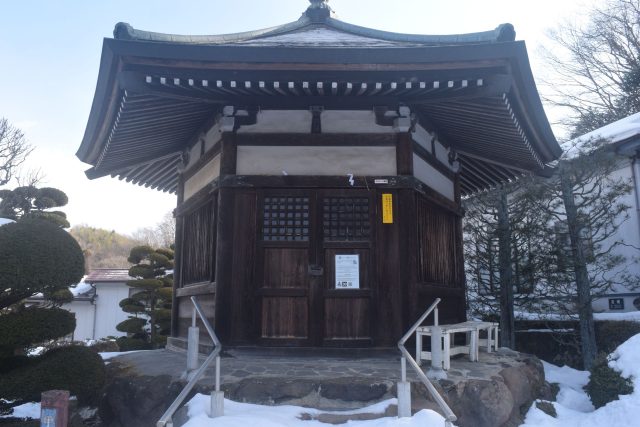
Kacchudo
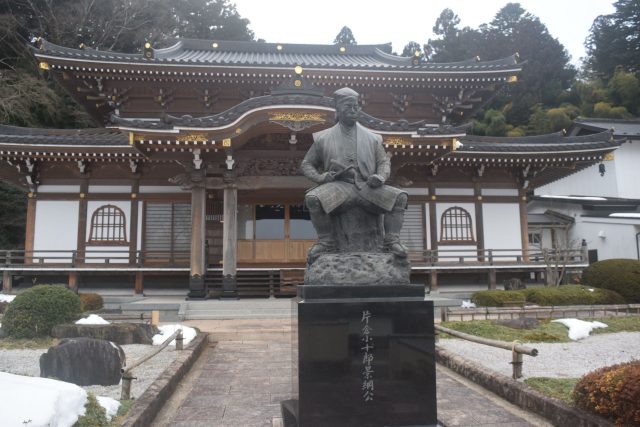
Kessanji Temple
It was built by Katakura Kojuro Kagetsuna as the family temple of the Katakura family. There is a bronze statue of Kagetsuna and the “Ippon Sugi,” a cedar tree that marks his grave. There is also the grave of Matsumae Yasuhiro, the father of Katakura Kojuro Kagenaga, and the grave of Tanikaze, a sumo wrestler in the Edo period.
Tomb of the Matsumae family. Shogi-shaped headstones stand in a row. Yasuhiro, the fifth son of Matsumae Yoshihiro, served under Katakura Shigenaga, married Shigenaga's daughter, Kisa, and had Kagenaga. Yasuhiro's son, Hirokuni, contributed to calming the Date Feud.
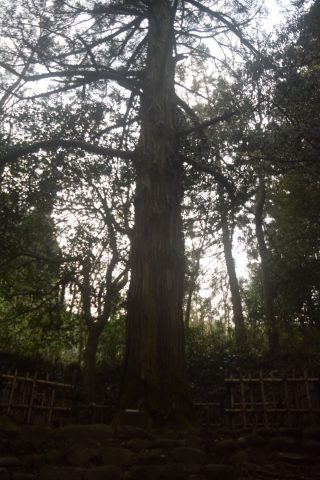
“Ippon Sugi,” a cedar tree that marks Kagetsuna's grave.
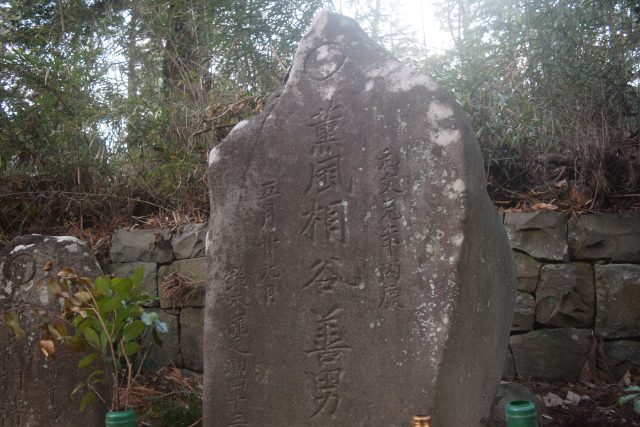
Tomb of Tanikaze. According to legend, this large stone was brought here by Tanikaze before his death.
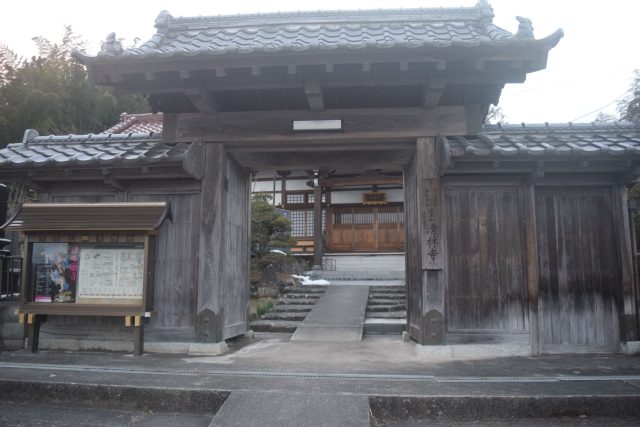
Seirinji Temple
According to "History of Kariya County,” Mitsui Bungo, a vassal of the Sanada family, became a disciple at Nishi Honganji Temple in Kyoto, and founded a house for disciples in 1634 named Zenkubo. Mitsui Bungo is the second son of Mitsui Kagekuni. Mitsui Kagekuni is a relative of the Sanada family, and is believed to have come to Shiroishi to serve the Katakura family after serving under Sanada Yukimura and participating in the Summer Siege of Osaka to fight against the Katakura forces. The temple grounds are lined with the gravestones of the Mitsui family, and the temple crest is the Sanada’s famous symbol of six coins.
参考文献
Reference
・読売新聞東北総局, 1995, "白石城物語"
・ Agatsuma et al, 1995, ”よみがえる白石城”
